- Our EV range leaderboard makes it easy to find the electric vehicles with the most range.
- What about the EVs with the least range? Which vehicles should you avoid taking on your next road trip?
- Edmunds names the EVs with the worst range, as observed on our real-world EV range test loop.
These Are the EVs with the Worst Range
Our list is based on Edmunds' real-life range results
A few years ago, Edmunds began formally testing the range of every electric vehicle and publishing those results on our EV range leaderboard. Why? Because the shift toward EVs is not without its teething problems, and maximum range remains one of the most important factors for prospective buyers. The top of the leaderboard is chock-full of high-ticket metal, including the Lucid Air, Mercedes-Benz EQS and BMW iX, along with more wallet-friendly choices like the Ford F-150 Lightning and Tesla Model 3.
But what about the other side of that coin — the EVs that disappointed us on the range test? The ones with little bitty battery packs that can't make a run to Costco without recharging? The ones that didn't match their modest EPA expectations? The ones that left us shivering by the roadside as we waited for the tow truck to whisk us toward salvation? OK, we're being a bit dramatic, but you know what we mean.
Here are the 10 EVs with the worst range, as measured by our testing team. Be sure to check out our video roundup too.
No. 10: Volvo C40 Recharge – 252 miles
The Volvo C40 Recharge is the sleek electric-only cousin of the boxier Volvo XC40 Recharge (spoiler alert: more on that later). The C40 has a lot going for it, with quick acceleration, a slick infotainment system and a well-appointed interior. On paper, its pack capacity of 78 kilowatt-hours should provide plenty of juice. But the C40 is shockingly thirsty, with an estimated consumption of 39 kWh per 100 miles. (For reference, the Tesla Model Y Long Range is rated to consume just 28 kWh/100 miles.)
The EPA says our rated C40 Recharge should get 226 miles on a charge, but we eked out 252 miles on our test loop.
No. 9: Porsche Taycan 4S Cross Turismo – 250 miles
The Porsche Taycan is one of our favorite luxury EVs, and its wagon variant, called the Cross Turismo, is even more fantastic. It's one of the only high-end luxury wagons on the market, so you get SUV-like practicality with the road-hugging awesomeness of a Porsche sedan.
Unfortunately, its maximum range is a bit of a downer. We tested the 4S version with 22-inch wheels, which look great but ding the range a bit. The EPA rates the Taycan 4S Cross Turismo at 230 miles, though we surpassed this by achieving 250 miles on the road.
No. 8: Audi e-tron – 248 miles
Also making our Naughty List is the Audi e-tron, a midsize SUV that has lost some of its sheen since its debut in 2019. We liked it enough then, but as newer competitors have joined the field, the e-tron isn't the must-have EV it once was. Audi has gotten the message and is prepping a refreshed model for 2024, which will be called the Q8 e-tron.
Today's e-tron is estimated by the EPA to only travel 226 miles before the battery dies. Thankfully, we observed a more competitive 248 miles on our EV-aluation loop.
No. 7: Mercedes-Benz EQB 350 – 242 miles
Unlike some of the other vehicles on this list, the Mercedes-Benz EQB isn't a purpose-built EV — it shares a lot of its construction with the gas-powered GLB. Replace the engine with a battery pack and you have the basic idea. These Frankensteinian creations were actually pretty common in the earlier days of EVs (the Ford Focus Electric and Toyota RAV4 EV are just two of many examples), but there are inherent packaging inefficiencies that make them less desirable in the modern era.
The compromises of the EQB 350 are illustrated by its milquetoast 227-mile EPA estimate, which we leapfrogged with 242 miles on our loop.
No. 6: Volvo XC40 Recharge – 240 miles
The Volvo XC40 Recharge (and the similar C40 Recharge) are similar to the EQB, in that they share a platform with a gas-powered base car — in this case, the Volvo XC40. And that means this little SUV, is, by default, not exactly optimized for EV duty. Many of the C40's highs and lows apply to the XC40 Recharge as well, though the latter's square shape means you get more cargo room and better rear headroom.
Alas, the windswept roofline of the C40 appears to offer some aerodynamic benefits, as the boxier XC40 has to refuel a bit sooner. EPA estimates peg the XC40 Recharge at a paltry 223 miles, though we exceeded this with 240 miles traveled before the electrons stopped flowing.
No. 5: Audi e-tron Sportback – 238 miles
Just as the XC40 Recharge and C40 Recharge are a couple bites at the same apple, so too are the Audi e-tron Sportback and the e-tron. In this case, the e-tron Sportback is the C40 analog, meaning there's less headroom and cargo space but a sportier, arguably more attractive profile.
Bizarrely, the Sportback actually gives up some range compared to its conventionally styled cousin. The EPA says it'll go 225 miles on a charge — just one mile less than the standard e-tron — but it only went 238 miles on our loop, a difference of 10 miles between vehicles.
No. 4: Nissan Leaf Plus – 237 miles
Though Mssr. Musk might throw a haughty glare, the Nissan Leaf was the first purpose-built EV for the masses. The first generation of this pint-sized hatchback bowed in 2011. Back then, its diminutive 24-kWh pack barely afforded triple-digit range, but improvements over the years — plus a full redesign in 2018 — made the Leaf more competitive over time.
We tested the Leaf Plus, which is powered by a modestly sized 62-kWh pack. Even though the car is fairly light and small by EV standards, the pack just isn't big enough to keep up with the big boys. The EPA rates the Leaf Plus at 212 miles, though we saw 237 miles on our trip odometer before we had to plug in again. Note that there is a less expensive version of the Leaf with a 40-kWh battery. We haven't tested this version, but the EPA's estimate of 149 miles of range isn't promising.
No. 3: Toyota bZ4X Limited FWD – 227 miles
The Toyota bZ4X might be the biggest whiff of the electric era. Curious adopters looking for an affordable EV but turned off by funky hatchbacks and Elon's antics were just waiting for the king of reliability to release its first modern electric vehicle. But the bZ4X asks customers to compromise in so many ways that it's hard to recommend. The driving position feels unnatural, the electric motors are underpowered and the two-tone paint job makes the SUV look like a sad panda.
And then there's the range. The EPA estimates the standard single-motor bZ4X goes 242 miles on a full charge, but our results tell a different story. On our test loop, the bZ4X Limited only went 227 miles before we had to plug in at home base. We also tested the less expensive XL, which is rated at 252 miles. We observed 237 miles of range on that one. These results mean the bZ4X has the dishonor of being one of the only vehicles we've tested that can't crack its EPA estimate.
No. 2: Mini Cooper SE – 150 miles
Ah, the Mini Cooper SE (or, to use Mini's naming convention, the Mini Electric Hardtop 2 Door). This endlessly charming hatch packs a lot of personality in a pint-size footprint. It looks adorable, sports upscale interior materials, and is surprisingly punchy, with a 0-60 mph time of a quick 6.4 seconds.
That said, you probably knew going into this that the Mini wouldn't set any range records. It utilizes a 32.6-kWh battery — roughly half the size of packs in similarly priced vehicles. It can only go 114 miles on a charge, according to the EPA, though it blew past that figure in our testing, where it traveled 150 miles before gasping for a plug-in.
No. 1: Mazda MX-30 – 114 miles
And now, something truly inexplicable. Mazda has a fervent fan base (many of our editors included), but the manufacturer doesn't have the widespread appeal — or deep pockets — of a juggernaut like Toyota, Honda or Hyundai. Thus, we kept our expectations for Mazda's first full electric vehicle realistic. But nothing could have prepared us for the MX-30.
The two great decisions Mazda made were making it an SUV (so hot right now) and filling the cabin with funky and eco-friendly materials like cork. The issues start with the rear-hinged back half-doors, which are literally half as useful as full-size ones. They open to reveal a passenger compartment with seriously tight rear legroom for an SUV.
But the biggest issue is the powertrain, which is comprised of a single 143-horsepower electric motor and a 35.5-kWh pack. The former nets a lethargic 9-second 0-60 mph acceleration time, while the latter affords just 100 miles of range, according to the EPA. We saw 114 miles on our EV loop, but that's not enough to save the MX-30 from being the EV with the worst range on the market.
Our fingers are crossed that Mazda makes significant improvements for EV2.
Edmunds says
While not everyone needs 300 miles of range from their EV in everyday driving, these vehicles will require significant planning if you want to go on a road trip.
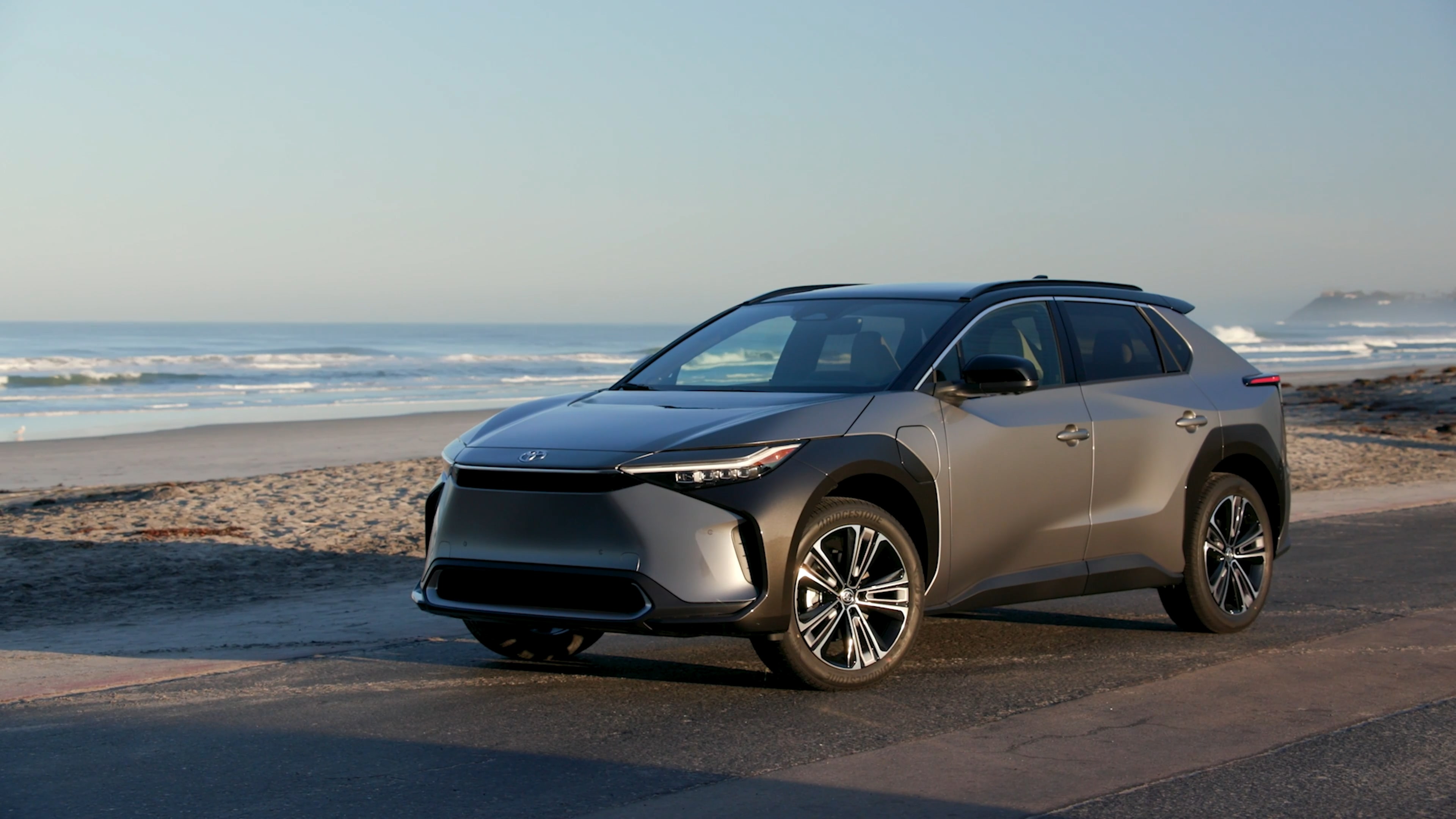
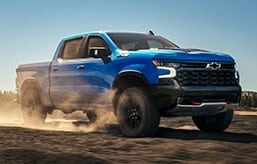
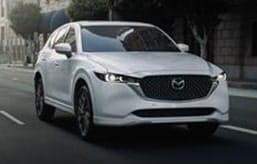
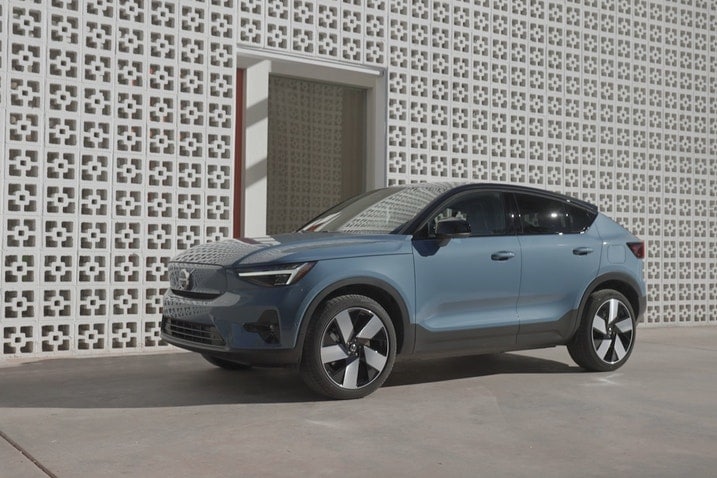
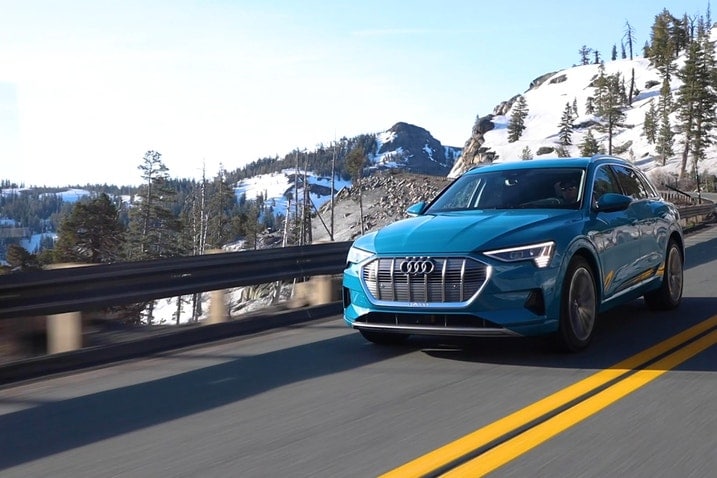

 by
by